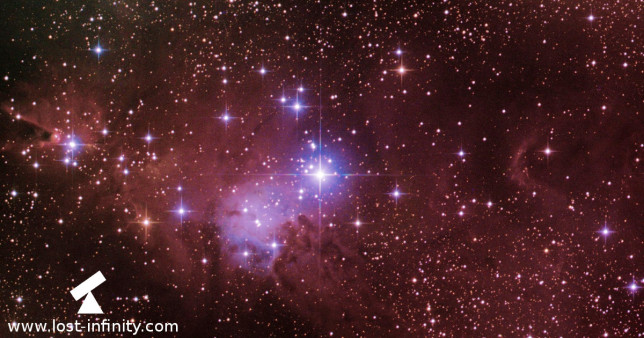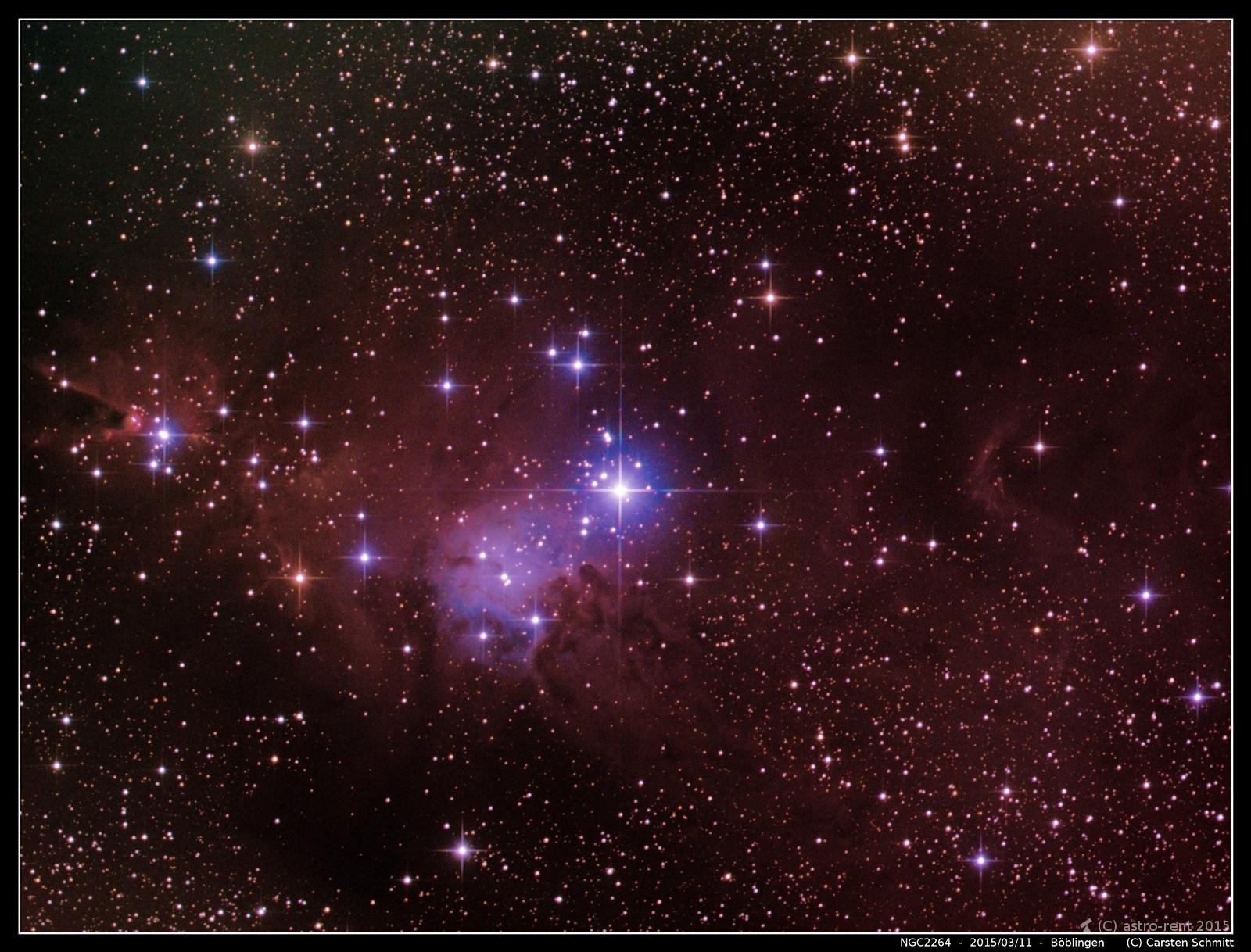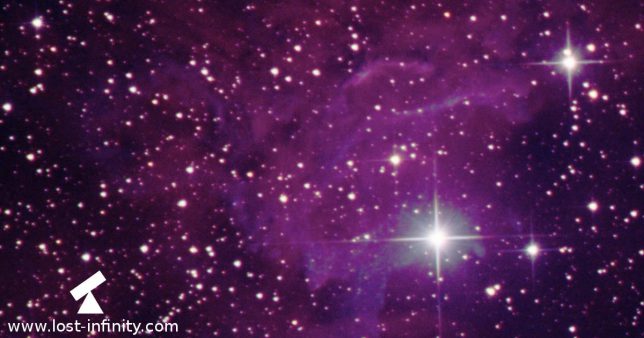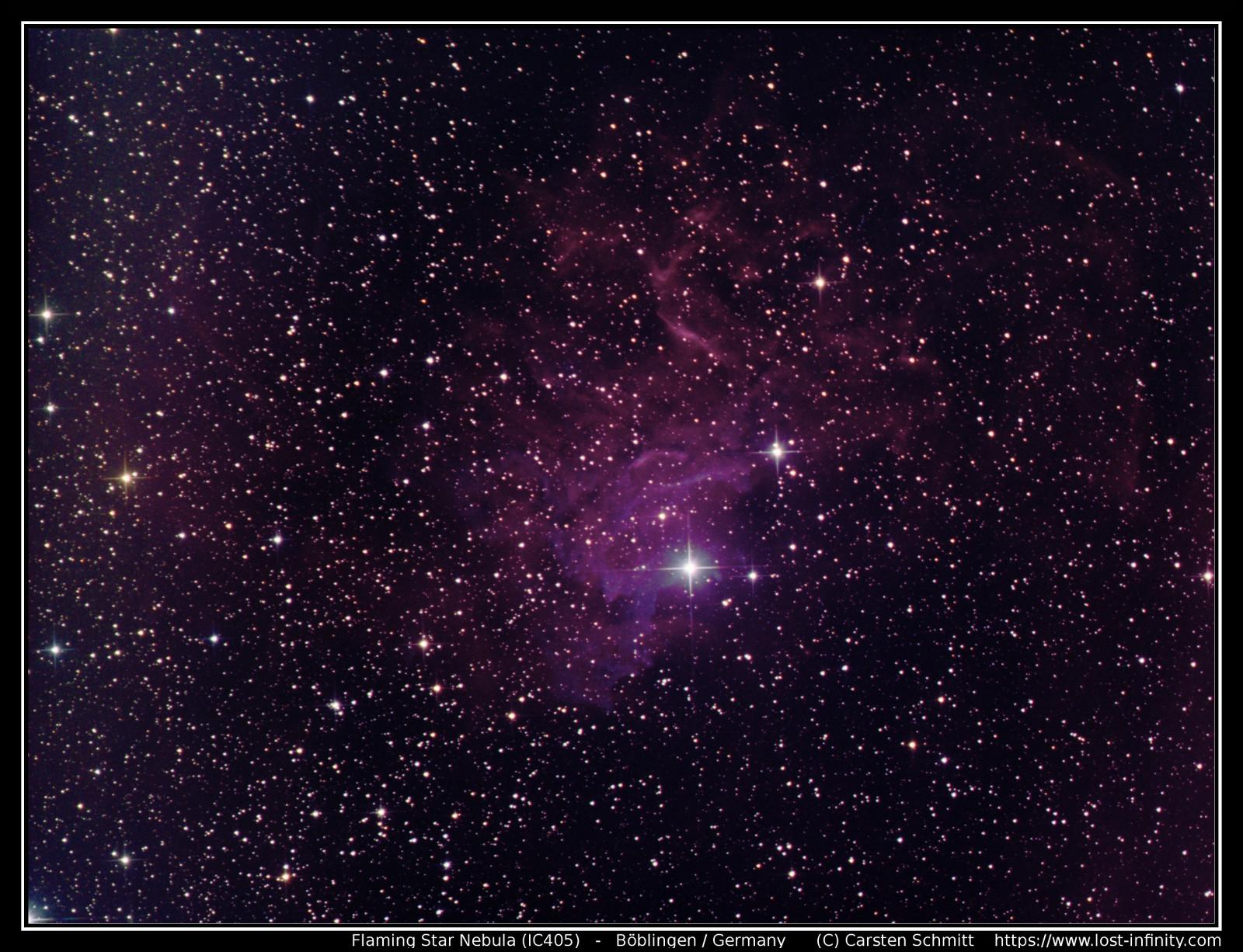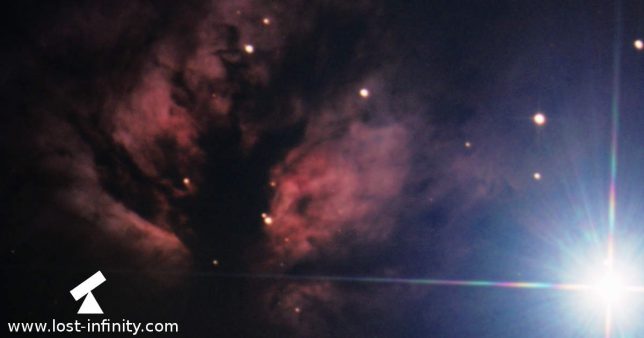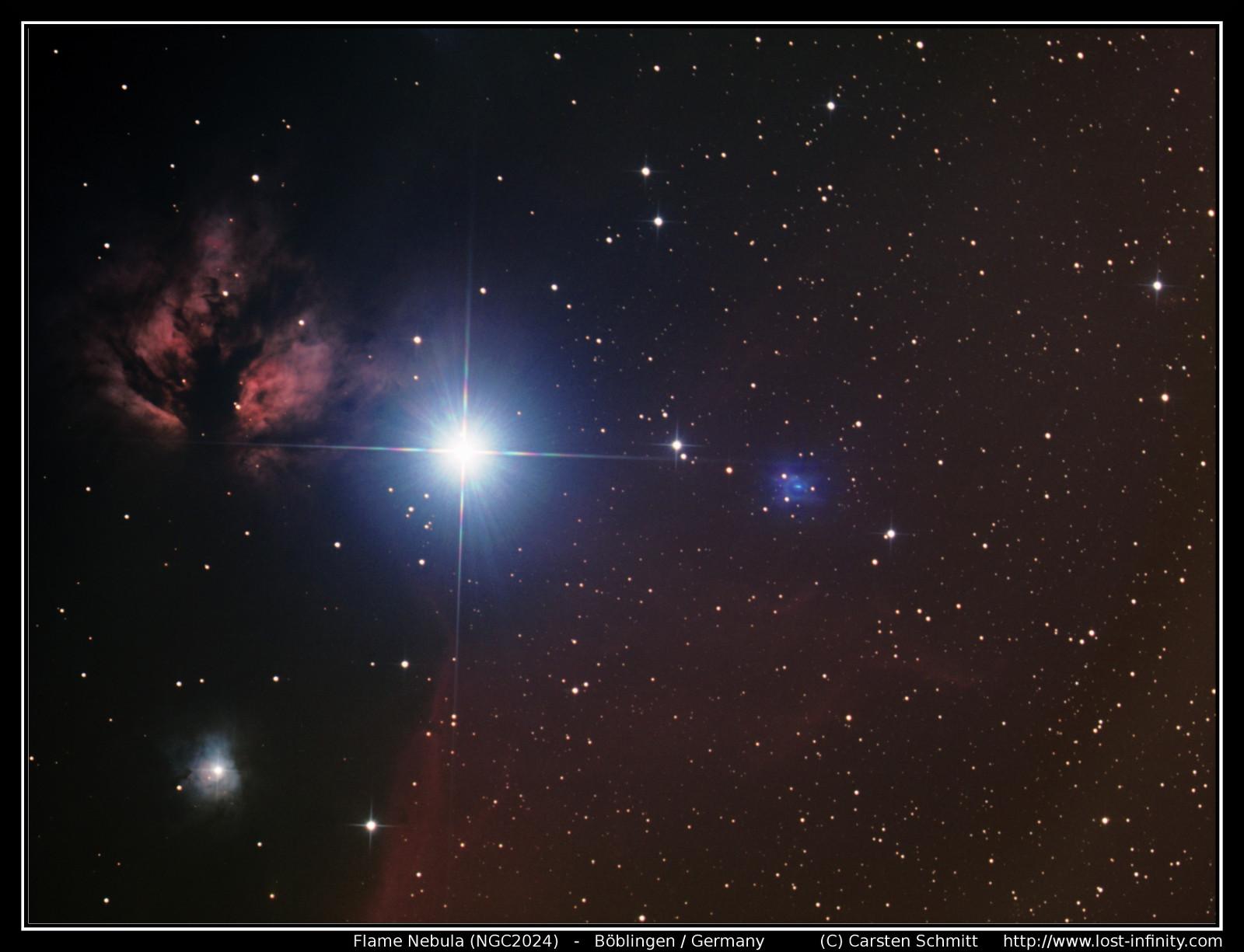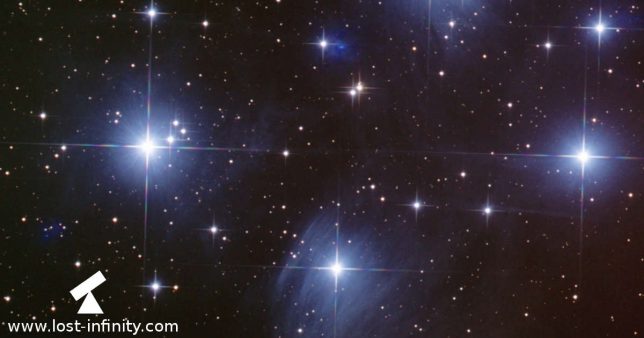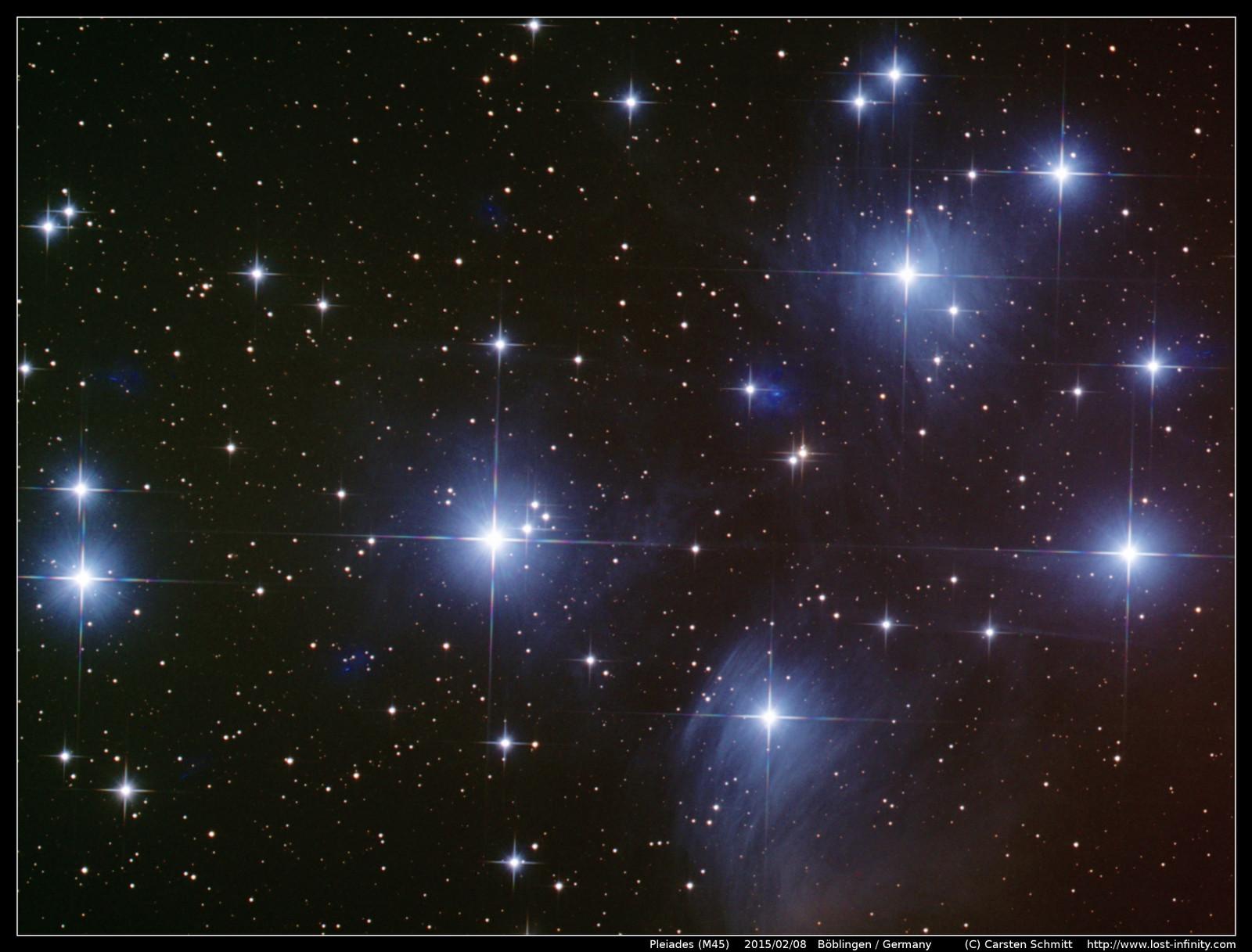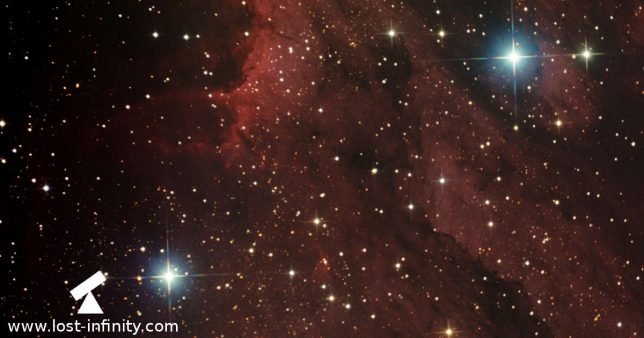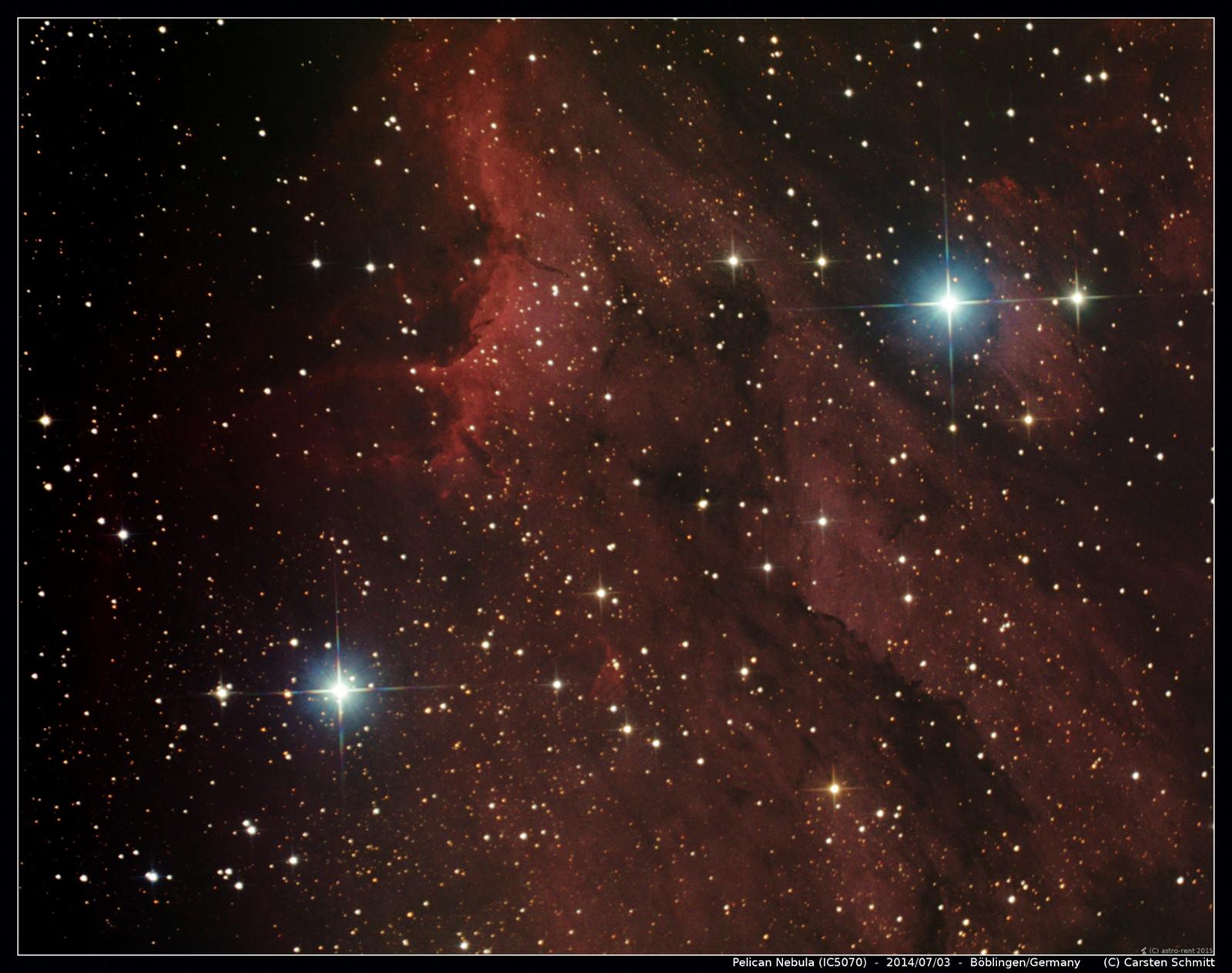Last night (2015/03/11) I surprisingly had clear sky here 🙂 I had no plan and finally decided to try imaging the region around NGC2264 before moon rise. The seeing was about ~2.5-3″. This is the result.
 | Date | 2015/02/19 |
 | Location | Böblingen / Germany |
 | Object | Messier 35 cluster |
 | Camera | Atik383L+ |
 | Guiding | yes, QHY5-II Mono via OAG |
 | Telescope | 8" GSO Newtonian |
 | Barlow lens | none |
 | Mount | EQ6Syntrek |
 | Cooling | -15°C |
 | Luminance | 9x, 400s, bin: 1x1 |
 | Red | 8x, 150s, bin: 2x2 |
 | Green | 8x, 150s, bin: 2x2 |
 | Blue | 8x, 150s, bin: 2x2 |
 | Dark | 5x |
 | Flat | 10x |
 | Total exposure | ~2h00min. |
Clear skies!
Last updated: June 22, 2022 at 20:41 pm




























